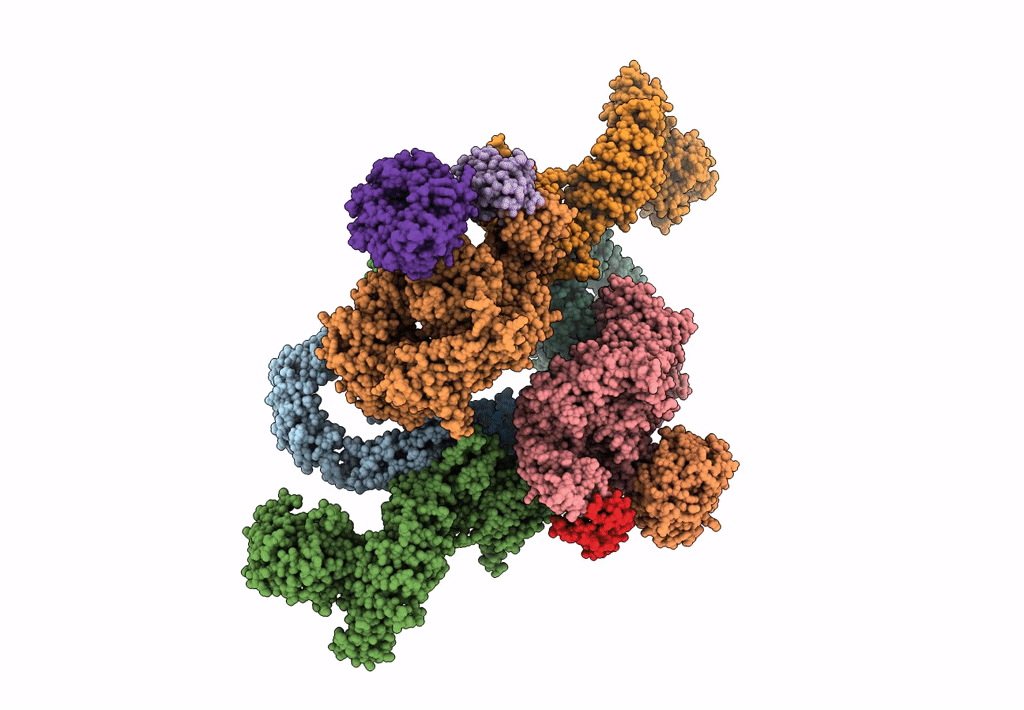
Deposition Date
2015-10-23
Release Date
2015-12-30
Last Version Date
2024-05-08
Entry Detail
PDB ID:
5FLC
Keywords:
Title:
Architecture of human mTOR Complex 1 - 5.9 Angstrom reconstruction
Biological Source:
Source Organism:
HOMO SAPIENS (Taxon ID: 9606)
SPODOPTERA FRUGIPERDA (Taxon ID: 7108)
SPODOPTERA FRUGIPERDA (Taxon ID: 7108)
Host Organism:
Method Details:
Experimental Method:
Resolution:
5.90 Å
Aggregation State:
PARTICLE
Reconstruction Method:
SINGLE PARTICLE


